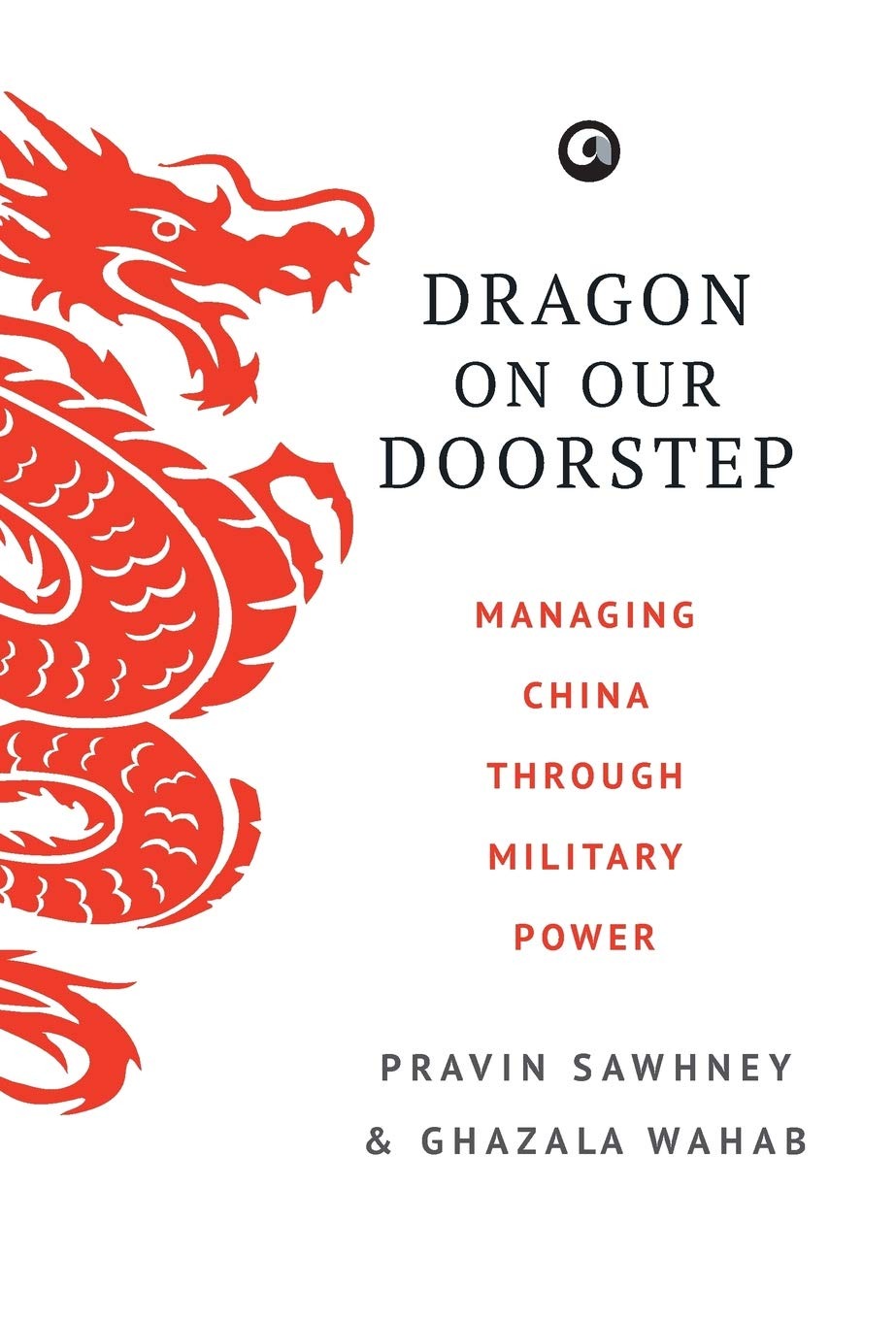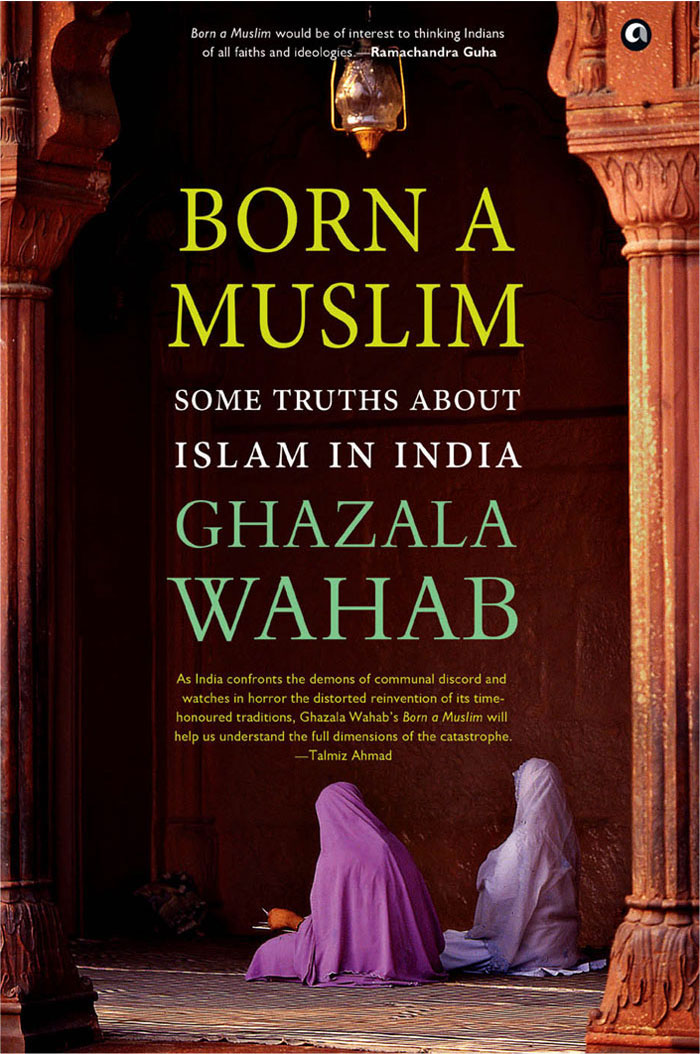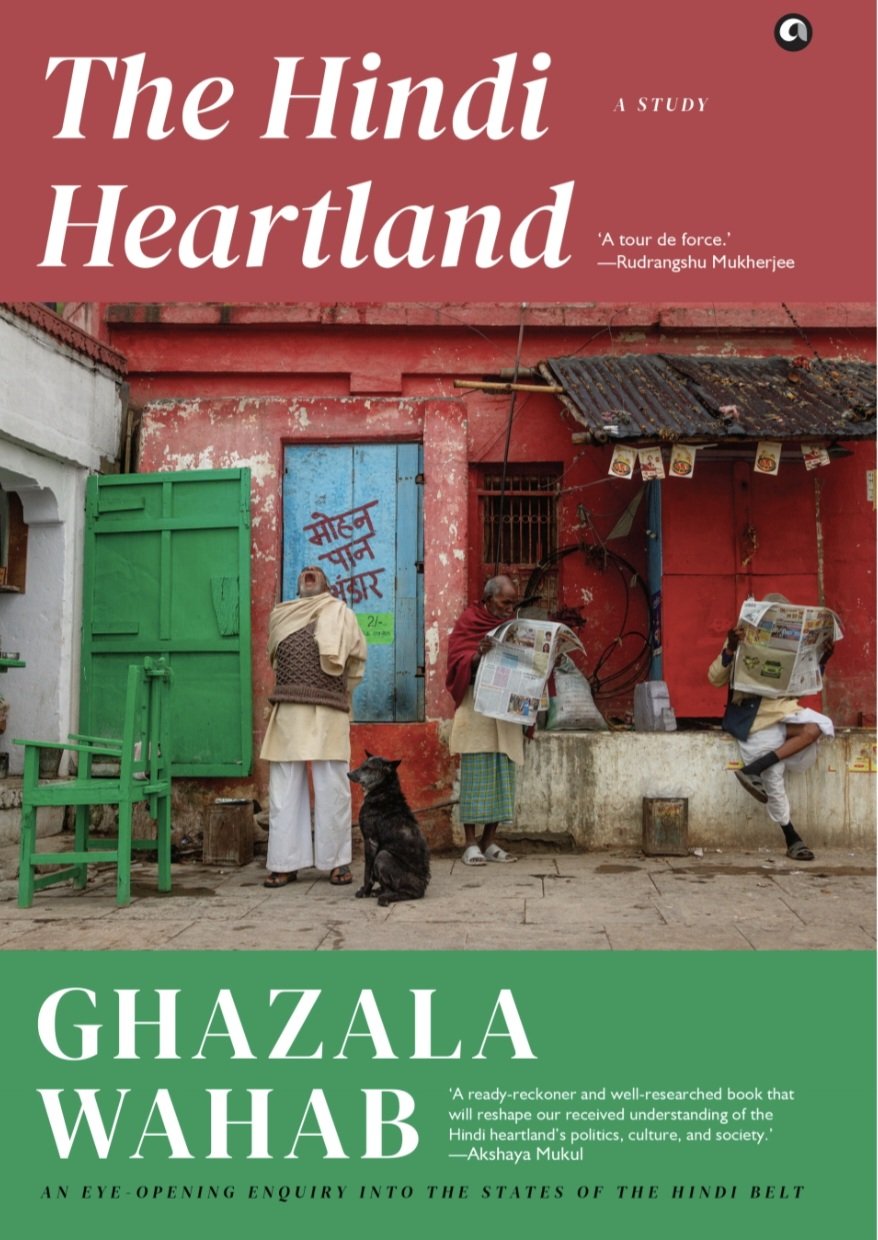Brotherhood of Interests
The Saudi
Arabia-Pakistan Pact is not a cause for concern for India
 Air Cmde T.K. Chatterjee (retd)
Air Cmde T.K. Chatterjee (retd)
The recent attack by
Israel on Hamas leadership in Qatar had one immediate fallout: the Saudi Arabia-Pakistan
military pact. The pact establishes a new phase in bilateral defence
relations, transforming decades-old informal security cooperation into a
binding, formalised collective defence agreement. It ensures collective
security in that any external aggression against either Pakistan or Saudi
Arabia will be considered an act of aggression against both, requiring mutual
consultation and coordinated military response.
The agreement promises joint
efforts in intelligence sharing, weapons procurement, military technology
transfer, defence-industrial collaboration, co-production of advanced systems,
capacity-building, and training. As expected, it has left the nuclear aspects
ambiguous. Pakistani officials have suggested that ‘all military means’ are
included, which has led to speculation—though not official confirmation—about a
potential Pakistani nuclear umbrella for Saudi Arabia. Pakistani defence
officials later backed away from explicitly confirming nuclear sharing, but
outside analysts believe the pact at least implies extended deterrence.
This is not the first time that
two or more Islamic countries have tried to come together to form a military
alliance. The Islamic Military Counter Terrorism Coalition (IMCTC), founded by
Saudi Arabia in December 2015 and headed by a retired Pakistan Army Chief, initially
included 34 Muslim nations and later expanded to 41. IMCTC’s headquarters were
established in Riyadh, with the primary mission of coordinating joint efforts
against terrorism, including intelligence sharing, counter-terrorism
operations, and narrative-building. IMCTC remains active but has been
relatively limited in conducting large-scale military operations.
A Historical
Perspective
While the notion of Muslim unity in the face of non-Muslim threats is central to Islamic thought and remains a powerful rallying cry, history shows it has been inconsistently realised, with brief periods of cooperation overshadowed by recurrent political and sectarian divisions.

Pakistan’s deputy prime minister and foreign minister Senator Mohammad Ishaq Dar with the foreign minister of Saudi Arabia, Prince Faisal bin Farhan. Pic/ X
In an article in Center for Pluralism, titled ‘Top Reasons for the Lack of Unity Among Muslim Countries’, the author blames the colonial powers for the lack of Islamic unity and quotes the British Lord Curzon who stated after the fall of the Ottoman Empire in 1924, “We must ensure that Muslims will never arise again in unity, whether it be intellectual or cultural unity.” To this effect, the author claims that the creation of Israel in 1947 was not a humanitarian act, but a Western outpost in the resource-rich but politically divided Muslim region. It goes on to say that presently, in the Middle East, those countries that sing the Western tune are rewarded with Western benevolence, and those who do not, face crippling economic sanctions, regime change operations, and invasions like Iraq, Afghanistan, Syria, Libya, etc.
That line of justification
for the lack of Islamic unity is not entirely correct. Fragmentation of the
Islamic society started long ago. Though the Prophet Mohammed is ranked amongst
the most influential persons in human history for bringing together warring
tribes into a cohesive nation, the fragmentation of Muslim society began with
his death over the question of his succession. What started as a political
dispute evolved into a theological and sectarian divide, creating the Shia and
Sunni Islam, a divide that has hardened over centuries and been exploited too. Over centuries,
doctrinal differences grew involving theology, religious law, and ritual
practices, although core beliefs about God and the Prophet Muhammad remain shared.
Political competition and dynastic rivalries further deepened the schism and
shaped social identities in the Muslim world. This divide has created
more fragmentation amongst the Muslim Brotherhood than any colonial power could
have engineered.
A stark example of this
disunity is in the many Arab Israeli conflicts. The Arab nations did try to
come together as a unified force but failed every time to achieve a common aim.
Starting in 1948, when Egypt, Syria, Jordan, and Lebanon attacked the newly
formed state of Israel, their unity was more aspirational than practical, and intra-Arab
rivalries, diverging interests, and coordination failures critically hampered
military effectiveness and political objectives. Subsequently, during the 1967
Six-Day War and 1973 Yom Kippur War, Arabs mounted joint military operations
against Israel but suffered from poor coordination, rivalries, and a lack of
trust, resulting in military defeats and significant territorial losses for
Arab states.
Attempts like the creation of the
Organisation of Islamic Cooperation (OIC) or the IMCTC represent institutional
efforts to promote unity in the face of external threats, but internal
divisions, geopolitical rivalry, and differing priorities among member states
have often hampered these alliances. Muslim scholars and political leaders
continue to urge the creation of Islamic alliances to counter external
pressures—drawing comparisons to North Atlantic Treaty Organization (Nato) or
the European Union (EU)—but point out that such unity is more the exception
than the norm in Islamic history, with the spirit of cooperation regularly
challenged by sectarianism, national interests, and outside influence.
By the Nineties and Noughties,
Arab collective action shifted toward symbolic support for Palestinians at
international forums, rather than concrete military or economic measures.
Changing geopolitics led to the normalisation of ties by some Arab states with
Israel, undercutting the unified Arab front. The same pattern continues today:
rhetoric of unity, limited practical collective action, and rising national
agendas among Arab states. The Saudi-Pak pact is yet another attempt to forge
an Islamic union against a non-Islamic enemy. Its success will have to be seen
to be believed.
Be that as it may, now
that the Saudi-Pak pact is a reality, what are the implications for India?
Since India insists that
Operation Sindoor is not over, any terrorist activity on a significant scale on
Indian soil can reignite the border between the two nations. If the terrorist
act is proven to be orchestrated by any Pakistan-based group, India is bound to
respond militarily. In such a case, what role will such a pact play?
India-Saudi Arabia
Relations
The total trade volume between India and Saudi
Arabia in 2024-25 stood at USD 41.88 billion. India exports food and
manufactured goods worth USD 11.76 billion and imports USD 30.12 billion worth
of crude and other hydrocarbons. In contrast, the overall trade volume between
Pakistan and Saudi Arabia is only USD 5.2 billion. Though Bloomberg highlighted potential regional ramifications, noting that ‘a
mutual defence pact risks pulling Saudi Arabia into a confrontation with India,
with which Pakistan has fought four major wars’, however, to expect Saudi Arabia to
come to support Pakistan in case of military conflict between India and
Pakistan is far-fetched. It will not make any economic sense, let alone
military sense.
Diplomatic relations between
India and Saudi Arabia are robust, multifaceted, and have continued to
strengthen, despite recent strategic developments in the region. The
relationship is rooted in centuries-old economic and cultural ties and has
grown dramatically in the last two decades with high-level visits, strategic
agreements, and institutional mechanisms. As per the Embassy of India, Riyadh,
Saudi Arabia has pledged substantial investments in India, including a
potential USD 100 billion investment, and both nations have fostered strong
cooperation in areas like energy security, infrastructure, defence, IT, and
health.
Therefore, the Saudi-Pakistan
military pact signed in September 2025 is widely understood as a response to
the heightened sense of insecurity in the Gulf following Israel’s bombing of
Qatar earlier that month. While the pact does not explicitly mention Israel,
analysts, officials, and commentators agree that its timing, scope, and public
presentation have clear deterrence implications aimed at Israel, especially in
the wake of the attack on a US-allied Gulf state.
As per an Atlantic Council
report, Saudi Arabia’s rapid move to sign the agreement is interpreted as a
message, not just to Israel, but also to the United States and other regional
actors, that Riyadh is pursuing alternative security partnerships and is not
entirely reliant on Washington for protection from external threats. While the
agreement does not explicitly mention Israel, experts agree it functions as an
extended deterrence arrangement—warning Israel and other regional actors that
any attack on Saudi interests could trigger direct Pakistani military support,
up to and including nuclear deterrence.
Additionally, the pact signals
Saudi frustration with the US security guarantees and serves as a broader
strategic hedge against both Israeli and Iranian threats. The Saudis must
remember that Pakistan has, to date, done nothing to help any Muslim country in
despair, including Palestine, except to make hollow noises in international forums.
They do not have the economic bandwidth to undertake any such operation away
from their shores. Moreover, their engrossment over Kashmir and the never-ending
proxy war against India keeps them busy. So, if the Iranians, Houthis, or the
Israelis come after the Saudis, how much help would come from Pakistan is a
matter that the Saudis must consider seriously.
While India needs to remain
vigilant to this new geopolitical aspect, however, if India needs to chastise
Pakistan in the near future for any terror activity on Indian soil attributable
to Pakistan, it is most unlikely that Saudi Arabia will intervene in any
capacity, the pact notwithstanding.
Subscribe To Force
Fuel Fearless Journalism with Your Yearly Subscription
SUBSCRIBE NOW
We don’t tell you how to do your job…
But we put the environment in which you do your job in perspective, so that when you step out you do so with the complete picture.







